Technologies
WatchOS 10: The Best New Apple Watch Features From the Public Beta
Here’s your preview of the most standout Apple Watch features coming later this year.
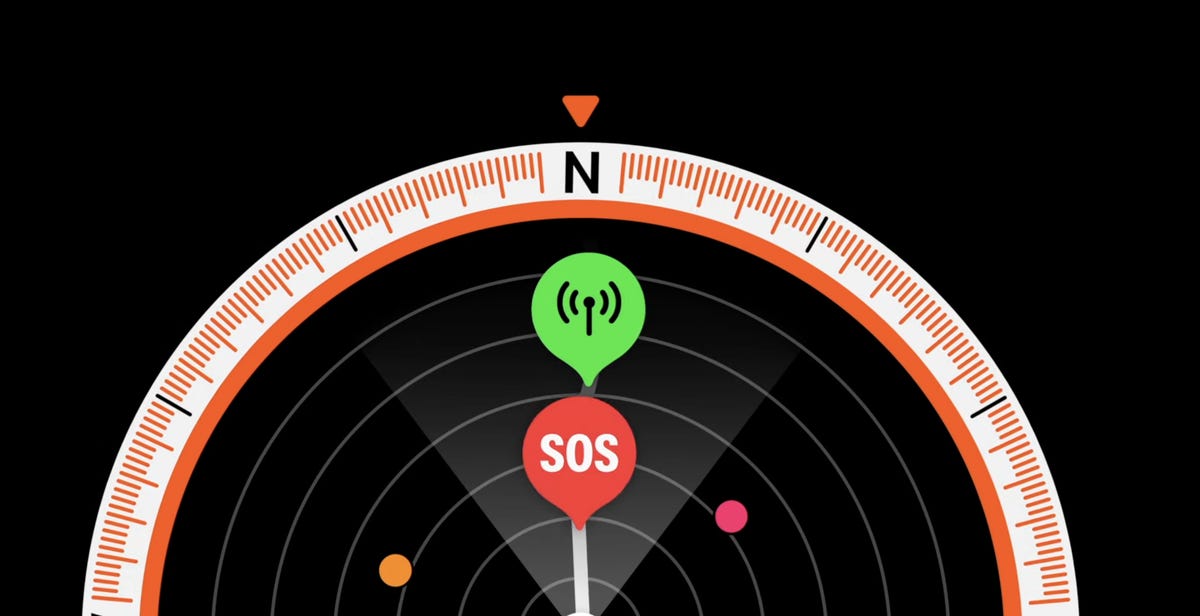
The Apple Watch gets a major software refresh every year, and the latest is WatchOS 10, which brings app redesigns, widgets and extra tools for cyclists and hikers. The WatchOS 10 public beta is now available for all Apple Watches starting with the Series 4 and later. The beta, along with iOS 17, gives us a preview of some of the new features ahead of its general release this fall.
I used WatchOS 10 over the past few days and tried out some of the best features.
If you want to try it out, you need to install the iOS 17 public beta on your iPhone first, then install the WatchOS 10 beta on the Apple Watch. As with all beta software, tread carefully. Features are subject to change between now and the final release, and I strongly advise you to back up your Apple Watch and iPhone before installing. And know that you can’t revert back to WatchOS 9 if you do install the public beta.
The Apple Watch gets widgets
Apple has brought widget Smart Stacks from the iPhone home screen to your Watch. Smart Stacks update dynamically based on context, such as the time of day and how you use your watch. From the watch face, you simply turn the digital crown to see the Stack. You can also swipe up from the watch face.
My Smart Stack usually shows upcoming calendar appointments, the weather and my activity rings. But like the iOS home screen, you can customize the Stack even further with a long press and either removing or pinning apps.
WatchOS 10 also changes how you bring up the control center. Instead of swiping up from the watch face, press the side button. This also works when you are in any app. With older versions of WatchOS, you either had to go back to the home screen, or long-press on the bottom edge of the screen when you were in another app. If you prefer the dock that comes up when you press the side button in WatchOS 9 and earlier, don’t worry. You can still access it by double-clicking the crown.

All the stock Apple apps look better
Pretty much all of the stock apps have been redesigned to fit more information on the screen. But they also look significantly different in some cases:
- Weather lets you tap through or turn the crown to see different views of air quality, wind speed, humidity and more.
- Activity still shows rings in the middle, but around the edge you get a weekly summary, awards and challenges. You can also swipe down to see the more granular time view of your rings’ progress.
- Messages can show pinned contact names and photos on first open, rather than the list of messages.
- Heart rate shows a new animation when reading your vitals.
One small change I really appreciate is how easy it is to switch between the Apple Watch list view and bubble app view. At the bottom of either list, you’ll see a prompt to switch to the other view. Previously you had to do a long press to switch views, or go into the Settings.
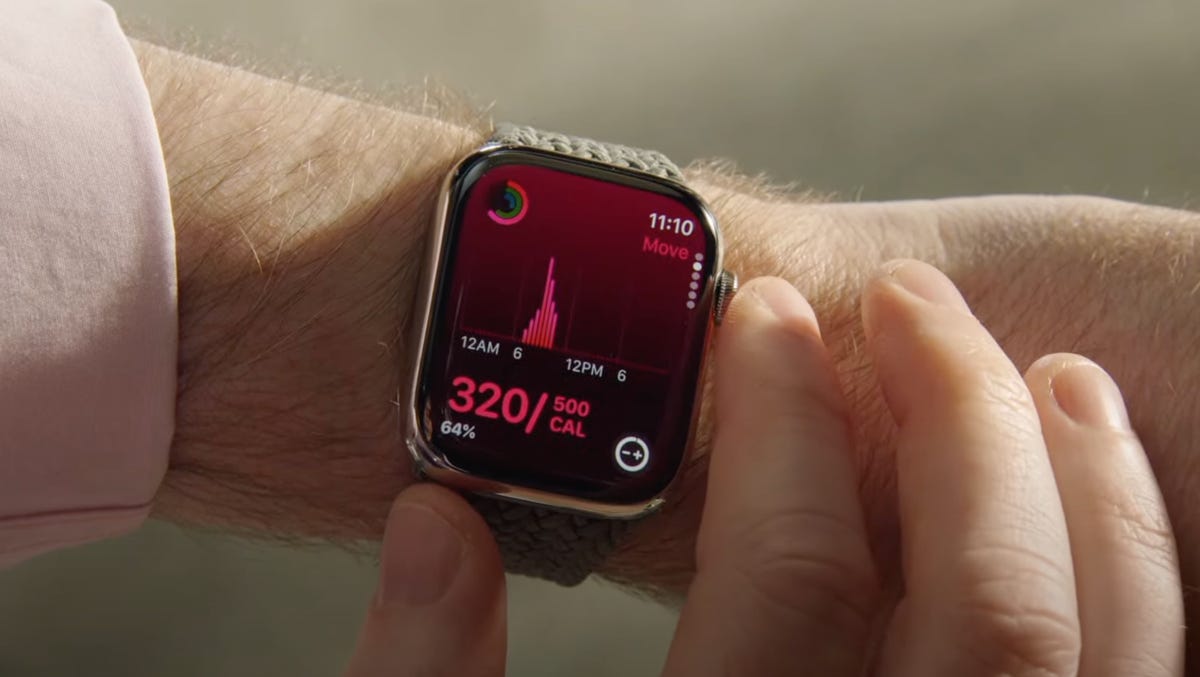
New Apple Watch faces: Snoopy and Palette
It wouldn’t be an Apple Watch update without new faces. Snoopy and Woodstock can hang out on your wrist all day, and they have different animations depending on what you’re doing or the time of day. My favorite part of the Snoopy face is what happens when you activate the always-on display. I won’t spoil the surprise, but Snoopy reflects how I feel every day after lunch.
The Snoopy watch face doesn’t allow for complications, but if you want a new look with extra flexibility, the new Palette face is available. There are three different color layers that change depending on where the hour and second hands are located, with four slots for complications around the edge of the watch face.
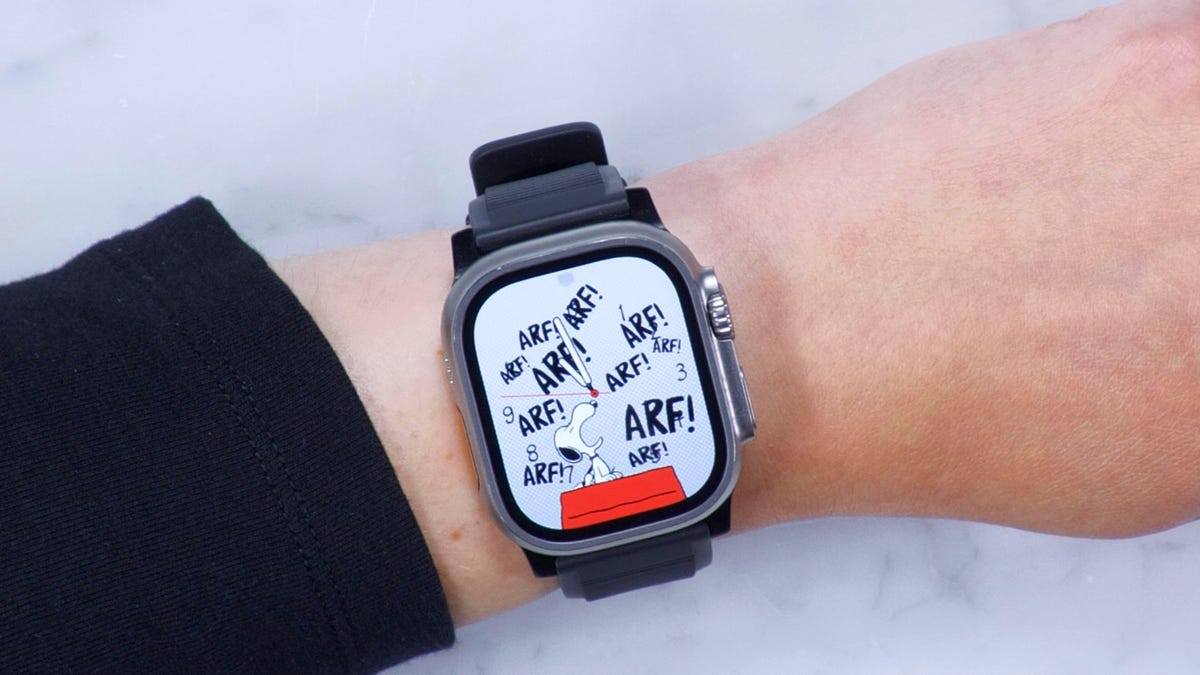
WatchOS 10 brings more tools for cyclists and hikers
Apple already added lots of useful cycling features to the Watch like e-bike calorie calculations and auto-detecting bike workouts. With WatchOS 10 your iPhone turns into a bike computer, sort of.
When you start a cycling workout on the Watch and your iPhone will automatically show a Live Activity on the lock screen. You can mount the phone to your handlebars and see all your activity metrics on the big screen, including HR zones, splits, elevation and speed. You can even mark segments, pause the workout and lock the screen controls to avoid accidental presses.
There is a live view which I find super helpful because I love to ride, but I’m not quite serious enough to need a dedicated cycling computer. This iPhone/Apple Watch combo is also much safer, because you’re not having to lift your wrist to see stats all the time. You can just quickly glance down at the phone.
I’m also excited about support for Bluetooth accessories like power meter pedals, which is big news for enthusiast and serious cyclists. To add one, go into the Settings app, tap Bluetooth and then scroll down to see a new category called Health Devices. Just like any other Bluetooth device, once the Apple Watch discovers the device you can connect. I tested this out with some power meter pedals on my stationary exercise bike and it worked seamlessly. Depending on what device you connect, your Watch will show metrics like cadence (displayed as RPM) or power (watts).
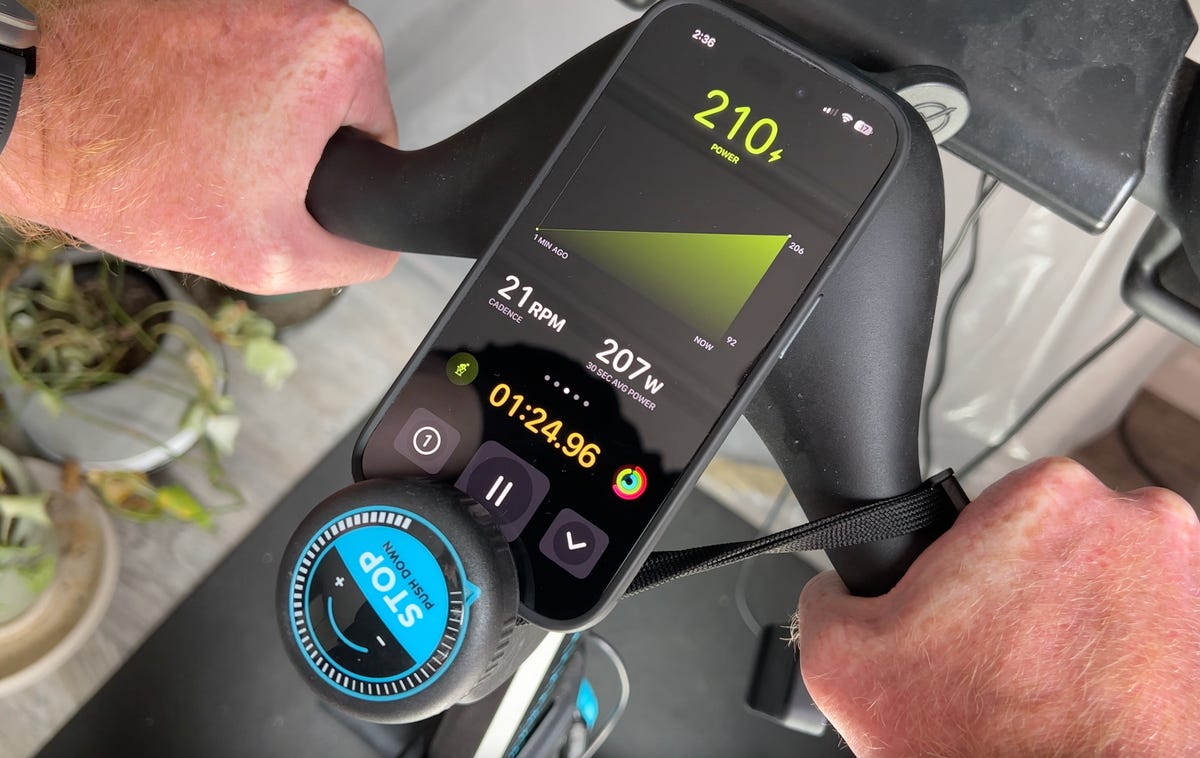
I have wanted topographic maps in Apple Maps ever since I reviewed the Apple Watch Ultra, rather than relying on a third-party app. Less than a year later, WatchOS 10 supports them, and not just for the Ultra. Any Apple Watch that can run WatchOS 10 will be able to view topo maps.
Zoom in with the digital crown to see contour lines, trails, rivers and valley details. For now it’s limited to the US. You’ll also be able to find trails nearby and see their difficulty levels. Plus if you start a hiking workout, the Apple Watch will give you elevation alerts on your wrist.
Offline maps will also be available on the watch for turn-by-turn navigation and ETA, but you will need to have the connected iPhone with you. The Compass app gets a new 3D view so you can see cellular connectivity waypoints that show the last place you had a signal and SOS waypoints where you can make an emergency call.
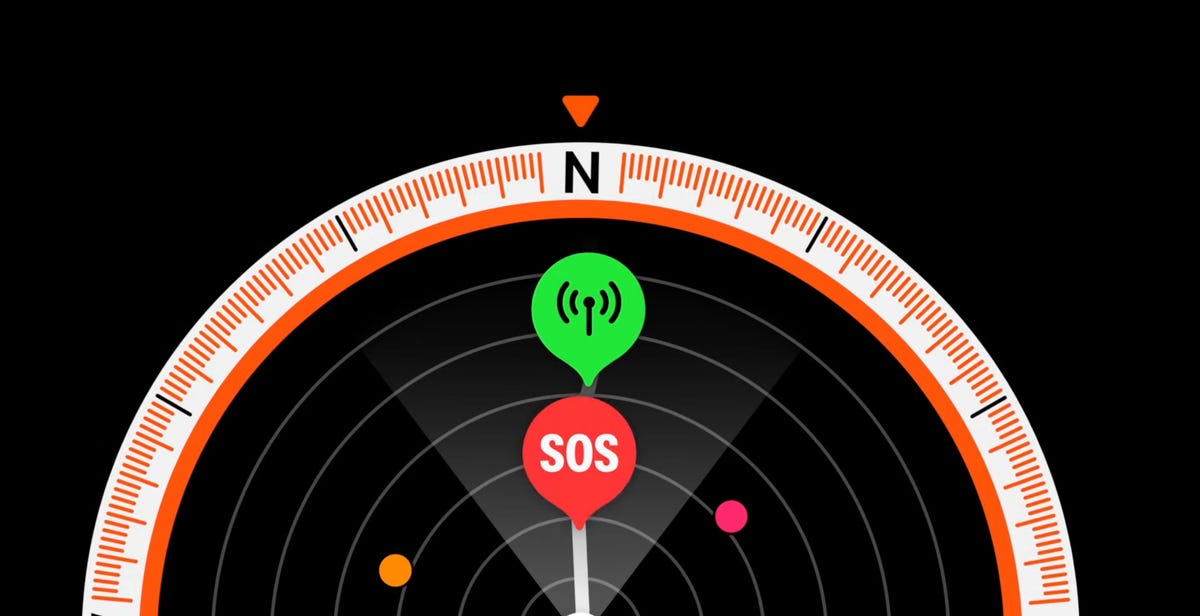
Optimized charging for more Apple Watches
WatchOS 10 also lets the Apple Watch learn about your usage and decide when it is a good time to get to a full charge. This is called Optimized Charge Limit, and it was already included on the Apple Watch Ultra, but WatchOS 10 adds it to the SE, and Series 6, 7 and 8.
When this feature is active you’ll see an open charge ring appear as the Apple Watch sits on its charger. If you want to charge beyond this optimized time, tap the circle with the green or yellow charge icon, then press «Charge to full now.» This might not appear immediately, as it takes some time to learn your charging habits and will only activate when you are in certain locations where you charge the Apple Watch often, like at home or work.
These are some of my favorite new features in the WatchOS 10 public beta, but there is more to explore, including logging moods in the Mindfulness app, measuring time in daylight with the ambient light sensor, and NameDrop, which lets you share contact details when someone else’s iPhone is brought close to the Apple Watch.
Technologies
Resident Evil Requiem: Release Date, Leon Kennedy’s Return Confirmed and More
The return to Raccoon City is going to be just as scary as you could have imagined.

The Game Awards on Thursday revealed new games such as Star Wars: Fate of the Old Republic and Control Resonant, but one of the biggest games shown was already revealed earlier in the year. Resident Evil Requiem is the ninth entry in the main Resident Evil series and takes players back to where the games started while seeing the return of a fan-favorite character.
A new trailer for Resident Evil Requiem finally reveals the antagonist of the game and confirms that Leon Kennedy is back, though it’s unclear what he’s been doing since Resident Evil 6. Also shown in the footage was Victor Gideon, a former doctor who looks like he’s been experimenting on people — and himself — as he intimidates the other main character players will control, Grace Ashcroft.
Don’t miss any of our unbiased tech content and lab-based reviews. Add CNET as a preferred Google source.
Resident Evil Requiem made its debut during the Summer Games Fest in June, and developer Capcom slowly released details about the upcoming horror game. What’s clear from the previously released footage and impressions is that Capcom really wants to terrify players — and it’ll go so far as to put players in Grace’s shoes without weapons.
When does Resident Evil Requiem come out?
Resident Evil Requiem will be released on Feb. 27, 2026, for PC, PS5 and Xbox Series consoles.
When does Resident Evil Requiem take place?
Resident Evil Requiem takes place 30 years after the events of Resident Evil 3: Nemesis, which was when Raccoon City was destroyed.
How will Resident Evil Requiem play?
After the trailer was shown, Game Awards host Geoff Keighley said Leon would bring «action-heavy gameplay» and that the game would offer two different experiences. This could mean that a good chunk of the game will be played as Grace, who will provide more of a survival-horror experience with fewer weapons and tools, while a portion of the game will be focused on Leon and his more chainsaw-wielding, kicking-in-the-face style of gameplay.
Read more: I Played Resident Evil 9 Requiem at Summer Game Fest, and It’s Extremely Messed Up
Who is Grace Ashcroft?
Grace Ashcroft is an FBI analyst who has a connection with Raccoon City. Her mother, Alyssa, was a survivor of the destruction of Raccoon City and was a playable character in the online game Resident Evil Outbreak, released on the PS2 in 2003. The elder Ashcroft was a reporter who told the story of what happened to the zombie-infested city, but was killed by a masked assailant in 2018.
Her murder spurred Grace to join the FBI. In Requiem, a mysterious infection is spreading, and deaths are mounting. Grace is assigned to investigate the Wrenwood Hotel, the place where the latest fatality has occurred, and which was the site of her mother’s murder. It’s from here that she’ll make her way to Raccoon City.
Where has Leon Kennedy been?
Leon was last seen in the series with Resident Evil 6, but he’s been active in the Resident Evil animated movies and series, including Resident Evil: Degeneration, Resident Evil: Damnation, Resident Evil: Vendetta, Resident Evil: Infinite Darkness and Resident Evil: Death Island. Leon is currently an agent for the Division of Security Operations and is deployed worldwide to investigate instances of bioweapons causing havoc, which often leads to reunions with other Resident Evil survivors, such as Jill Valentine, Chris Redfield and Rebecca Chambers.
Are there any other characters set to be revealed?
A GameStop listing for Resident Evil Requiem listed the Expansion Pass for the game and the additional scenarios, according to a report from Videogame Chronicles on Tuesday. One scenario referred to a Shadow Walker Costume Pack, which includes outfits for Rosemary Winters, the daughter of Resident Evil 7 and Resident Evil Village hero Ethan Winters. Rosemary was the main character of Shadows of Rose, a postrelease content scenario for Resident Evil Village.
There could be additional characters revealed in the coming days as Resident Evil Requiem’s release date nears.
Technologies
Today’s NYT Connections: Sports Edition Hints and Answers for Dec. 13, #446
Here are hints and the answers for the NYT Connections: Sports Edition puzzle for Dec. 13, No. 446.
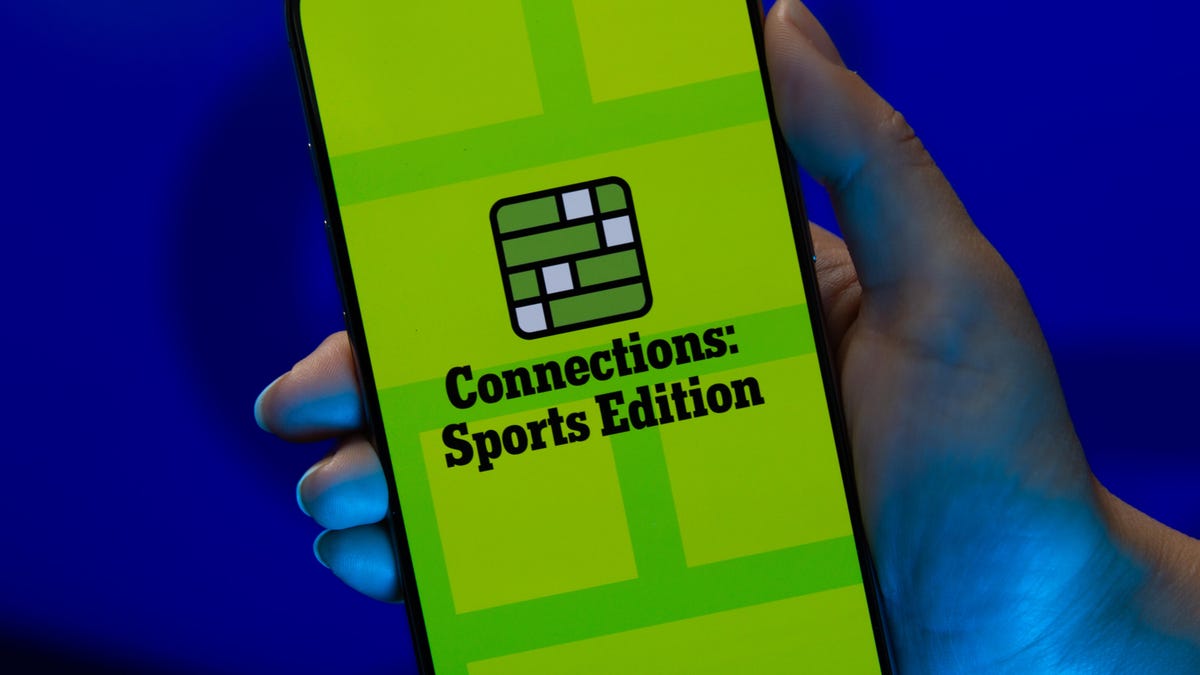
Looking for the most recent regular Connections answers? Click here for today’s Connections hints, as well as our daily answers and hints for The New York Times Mini Crossword, Wordle and Strands puzzles.
Today’s Connections: Sports Edition is a tough one. The purple category wants you to look inside of different words and see if you recognize other related words. If you’re struggling with today’s puzzle but still want to solve it, read on for hints and the answers.
Connections: Sports Edition is published by The Athletic, the subscription-based sports journalism site owned by The Times. It doesn’t appear in the NYT Games app, but it does in The Athletic’s own app. Or you can play it for free online.
Read more: NYT Connections: Sports Edition Puzzle Comes Out of Beta
Hints for today’s Connections: Sports Edition groups
Here are four hints for the groupings in today’s Connections: Sports Edition puzzle, ranked from the easiest yellow group to the tough (and sometimes bizarre) purple group.
Yellow group hint: Get your racket.
Green group hint: Football, February to September.
Blue group hint: College gridiron stars.
Purple group hint: Look for hidden teams.
Answers for today’s Connections: Sports Edition groups
Yellow group: Scoring in tennis.
Green group: NFL offseason events.
Blue group: Heisman Trophy finalists.
Purple group: Starts with an NFL team in singular form.
Read more: Wordle Cheat Sheet: Here Are the Most Popular Letters Used in English Words
What are today’s Connections: Sports Edition answers?
The yellow words in today’s Connections
The theme is scoring in tennis. The four answers are 15, 30, 40 and deuce.
The green words in today’s Connections
The theme is NFL offseason events. The four answers are combine, draft, OTAs and training camp.
The blue words in today’s Connections
The theme is Heisman Trophy finalists. The four answers are Love, Mendoza, Pavia and Sayin.
The purple words in today’s Connections
The theme is starts with an NFL team in singular form. The four answers are beard, billboard, brownie and jettison.
Don’t miss any of our unbiased tech content and lab-based reviews. Add CNET as a preferred Google source.
Technologies
Google Turns Ordinary Headphones Into Instant Language Interpreters
Google is rolling out a beta version of the Translate app with support for more than 70 languages.
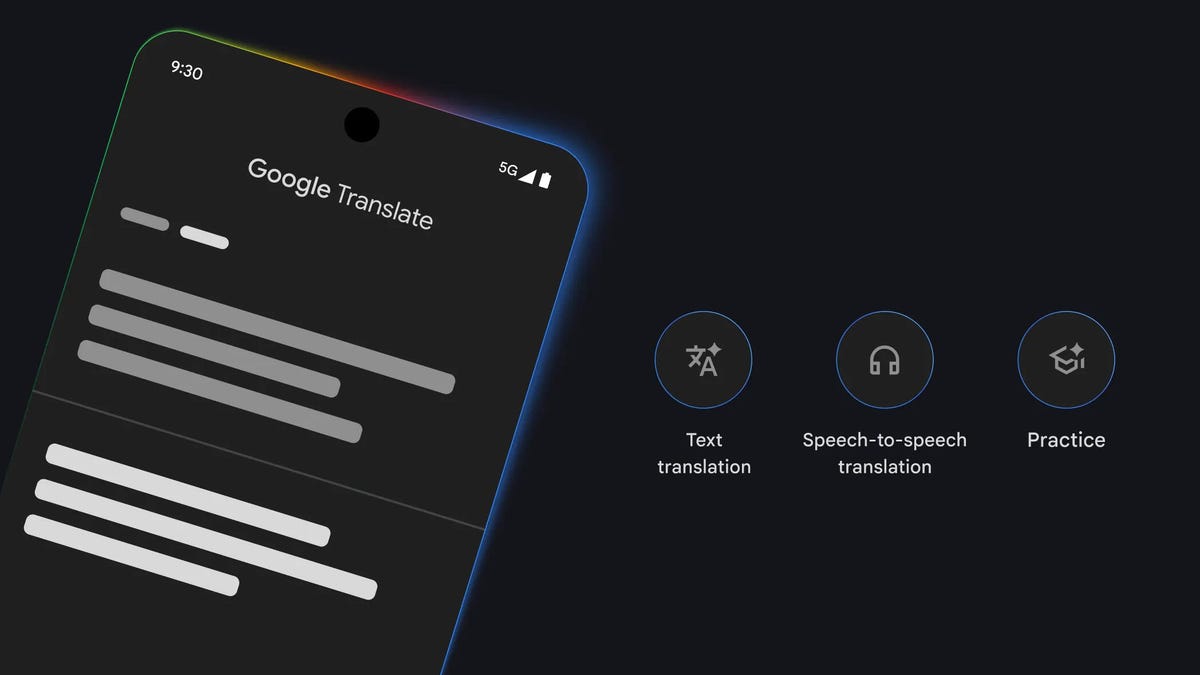
Google is taking on Apple’s Live Translation feature with its own live speech-to-speech translations, and Google’s version doesn’t require a specific set of headphones.
The new Translate app, currently rolling out in beta, provides you with real-time translation in your preferred language when you tap «Live Translate.» The function, now usable on any headset, was only previously available on Pixel Buds.
Don’t miss any of our unbiased tech content and lab-based reviews. Add CNET as a preferred Google source.
The Translate Android app update is rolling out in the US, Mexico and India, and it supports more than 70 languages. The company says it will bring the feature to iOS, and more countries, in 2026.
In addition, the company announced it was improving translation quality using Gemini, Google’s AI model, and said that idioms, in particular, were no longer literal translations, but more contextual. Google said that it was also expanding the language learning tools with more feedback and daily challenges.
Meanwhile, as part of iOS 26, Apple recently introduced Live Translation, but the live audio version is currently limited to use with the AirPods Pro or AirPods 4.
-

 Technologies3 года ago
Technologies3 года agoTech Companies Need to Be Held Accountable for Security, Experts Say
-

 Technologies3 года ago
Technologies3 года agoBest Handheld Game Console in 2023
-

 Technologies3 года ago
Technologies3 года agoTighten Up Your VR Game With the Best Head Straps for Quest 2
-

 Technologies4 года ago
Technologies4 года agoBlack Friday 2021: The best deals on TVs, headphones, kitchenware, and more
-

 Technologies4 года ago
Technologies4 года agoVerum, Wickr and Threema: next generation secured messengers
-

 Technologies4 года ago
Technologies4 года agoGoogle to require vaccinations as Silicon Valley rethinks return-to-office policies
-

 Technologies4 года ago
Technologies4 года agoOlivia Harlan Dekker for Verum Messenger
-

 Technologies4 года ago
Technologies4 года agoiPhone 13 event: How to watch Apple’s big announcement tomorrow
